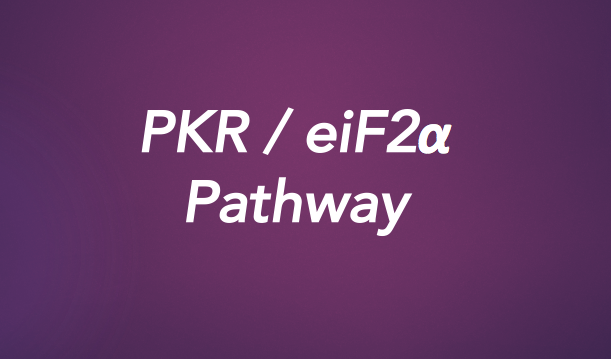A group led by Professor Niza Frenkel of Tel Aviv University in Israel has suggested that HHV-6A limits its own replication to avoid activation of innate immune response, leading to a long life-cycle with limited propagation. This finding reveals the mechanism behind persistent HHV-6A infections and may help explain some disease associations.

Niza Frenkel and Eyal Sharon, Department of Cell Research and Immunology and S. Daniel Abraham Institute of Molecular Virology in Tel Aviv, Israel
HHV-6A is ineffective in countering the PKR/eIF2α pathway and therefore cannot bypass the major consequence of this response: inhibition of mRNA translation and production of viral proteins. As a result, HHV-6A maintains a low level of propagation that keeps it from strongly activating the pathway, enabling completion of its lifespan. While other viruses can counteract the PKR/eIF2α pathway in various ways, HHV-6A does not appear to do so, and instead relies upon down-regulation of its own replication.
The PKR/eIF2α pathway is a vital player in the antiviral response. PKR, a protein kinase, is activated when double stranded RNA (from viruses) is present, and after becoming activated itself, it deactivates eIF2, which is integral to the process of initiating mRNA translation. Consequently, in the case of an infection, activation of the pathway disrupts viral replication by inhibiting the pathogen’s ability to produce necessary proteins. HHV-6A activates this pathway in infected T cells and induces partial PKR activation late post infection concurrently with accumulation of viral late protein, leading to limited eIF2 inactivation. In addition, there is a moderate increase in the quantity of activating transcription factor 4 (ATF4) protein, a transcription factor involved in stress relief, indicating that eIF2-induced global translation has been mildly inhibited. Increased PKR phosphorylation (activation) continues until destruction of the infected ballooning cells by 192 h.p.i. However, experiments suggest that the reduction in PKR is not a result of apoptosis, but a consequence of cellular mechanisms prior to the destruction of the cells, following the secretion of the majority of progeny virions. The net result of the relatively low HHV-6A replication is low level activation of the PKR/eIF2α pathway, but not a sharp activation that would be most effective in clearing the infection.
In contrast to cells with normally functioning PKR, overexpression of PKR led to increased eIF2α phosphorylation and decreased viral replication. The overexpression of dominant-negative PKR mutant resulted in a moderate increase in viral replication, providing additional evidence that viral replication is tied to the activity of the PKR/eIF2α pathway. In the absence of the pathway, HHV-6A is able to increase its productivity.
Find the full paper here: Sharon and Frenkel, 2017.

